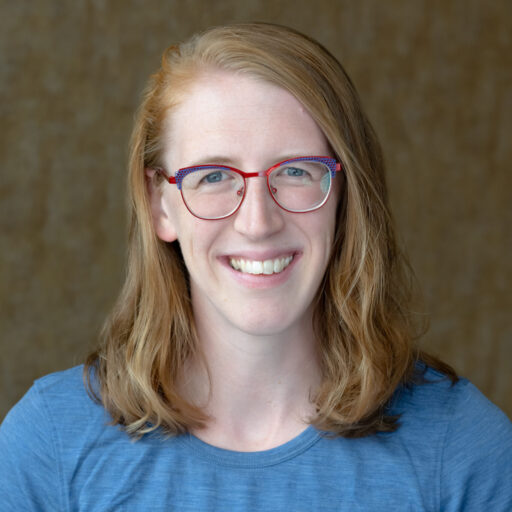“We are so excited to be back to normal on campus this year!” the president cheerfully exclaims during her convocation to the students. While sitting in the back with some other staff members, I thought to myself, “Are we really back to normal?” Some of the lasting changes are obvious: we are all wearing masks in the auditorium, one of the presenters talked about budget cuts and delays in supply chains, and the whole convocation was being live streamed for those who couldn’t attend. Other changes might be more subtle at first: the University has recommitted to social justice and equity issues, there is a campus-wide reading focused on indigenous women, and an initiative to use “Just Data” as a way to change state policies. “Back to normal” describes a return to some of our old in-person structures, but doesn’t quite capture the ways we’ve been changed by the experience of the past few years. Throughout this issue of Kaleidoscope, our teacher-authors explore how we move forward from this difficult time. As teachers, we always knew that welcoming our students to our classroom with our curriculum and connection—but also our vulnerability, compassion, and flexibility—was important. The last year has shown us that it is even more important to see our students as whole people.
Teachers everywhere are reckoning with this new reality while also trying to guide their students. Teaching is no longer simply about regurgitating facts from a book, but how we apply the knowledge to current issues. In “How it Went,” Jason Garver describes his plan for integrating social justice, particularly the experiences of women, people of color, and LGBTQIA scientists into the curriculum. In “Unpacking Human Migration,” David Upegui describes his set of lessons connecting biology to the current state of human migration in the world.
While teaching students, we are also using the hidden curriculum to shape their experience. In Michelle Lo’s piece, she discusses how her first year of teaching in a pandemic disrupted her views on power in the classroom and how she hopes to find a new balance. “Authentically Connecting Students’ Home Lives with the Classroom” shares John Walker’s approach to teaching each student as a whole person, accounting for all the experiences in their lives.
Some of the transition is taking place on a more personal level, as described by Sara Abeita and Jamie Melton in their article, “Vulnerability in Teacher Collaboration and Leadership.”
While we might be excited to see friends and teach in person, the world has fundamentally changed in the last two years and we cannot revert to the way things have been. Explore with the authors of Kaleidoscope as we all try to find our new place and our new normal.
Erin Oakley, a Knowles Senior Fellow, enjoys engaging in mathematical thought with her students. She has had the privilege of being a teacher at a variety of schools and is now a specialist at St. Catherine University. You can reach Erin at erin.oakley@knowlesteachers.org.




